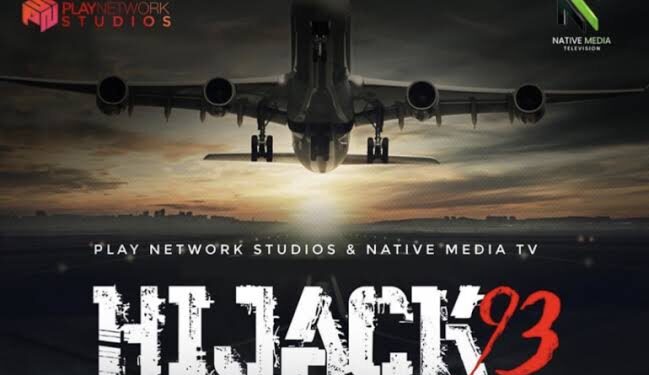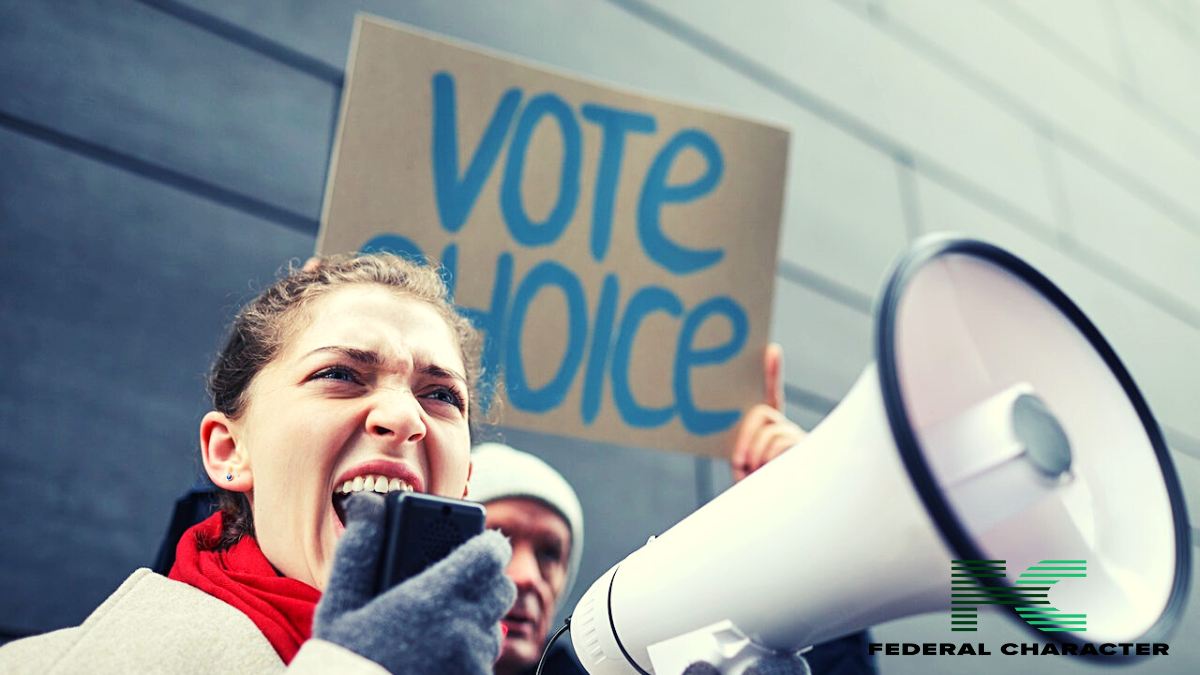In Nigeria, bravery is almost woven into our DNA. From the nationwide End SARS protests in 2020, where Nigerian youths demonstrated courage, to historical acts of defiance, fearlessness has always been a part of our national identity. But this isn’t a recent trait. In 1993, four teenagers—Richard Ogunderu, Kabir Adenuga, Benneth Oluwadaisi, and Kenny Rasaq-Lawal—took matters into their own hands, hijacking a Nigerian Airways flight from Lagos to Abuja to demand justice in the face of political corruption.
They dared the impossible at an age when most are still trying to figure out life. This audacious act is now the subject of the film Hijack ’93, directed by Robert Peters. Let’s delve into how well this film captured the events, the personalities involved, and the true history behind the hijacking.
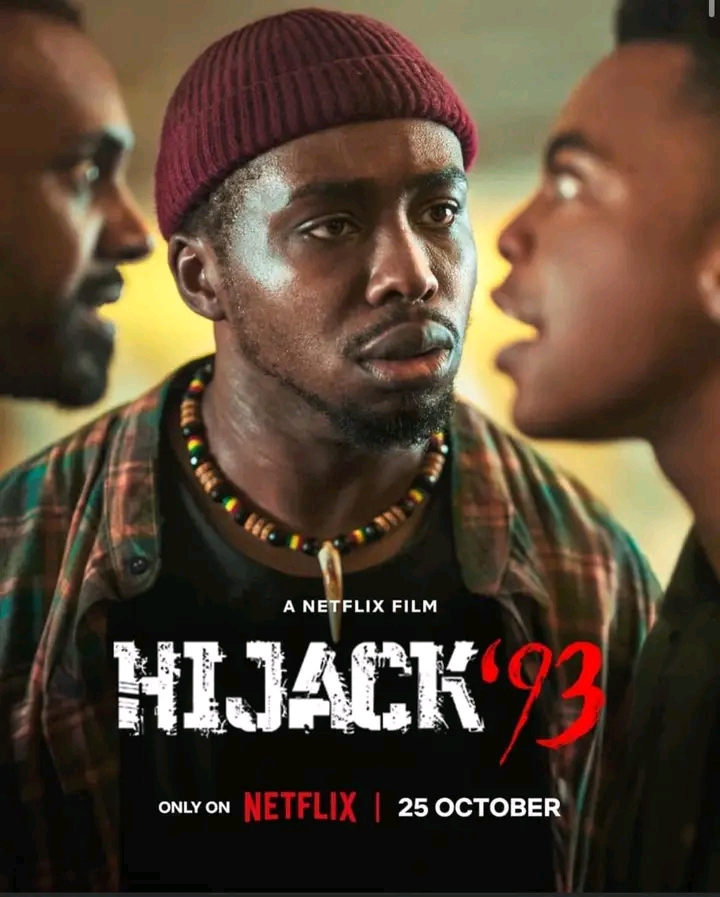
Setting the Scene: The Real Story of the 1993 Hijacking
The true events surrounding the 1993 hijacking remain one of Nigeria’s boldest displays of teenage defiance. With the June 12 election annulment, hope seemed lost for the average Nigerian. These young men, operating under the Movement for the Advancement of Democracy (MAD), believed that radical action was necessary to make their voices heard. Armed with plastic weapons and steely resolve, they hijacked the Airbus A310 carrying government officials and international dignitaries. They demanded the immediate inauguration of Moshood Abiola, the rightful winner of the annulled election, threatening to set the plane ablaze if their demands weren’t met.
In a twist, the hijackers diverted the flight to Niamey, Niger, rather than their original destination, Frankfurt, when fuel constraints made further travel impossible. This desperate plea for democratic reform made headlines worldwide, highlighting the intense political unrest in Nigeria. Surprisingly, these young men weren’t hardened criminals but desperate teenagers, acting out of frustration and feeling unheard by the powers that be.
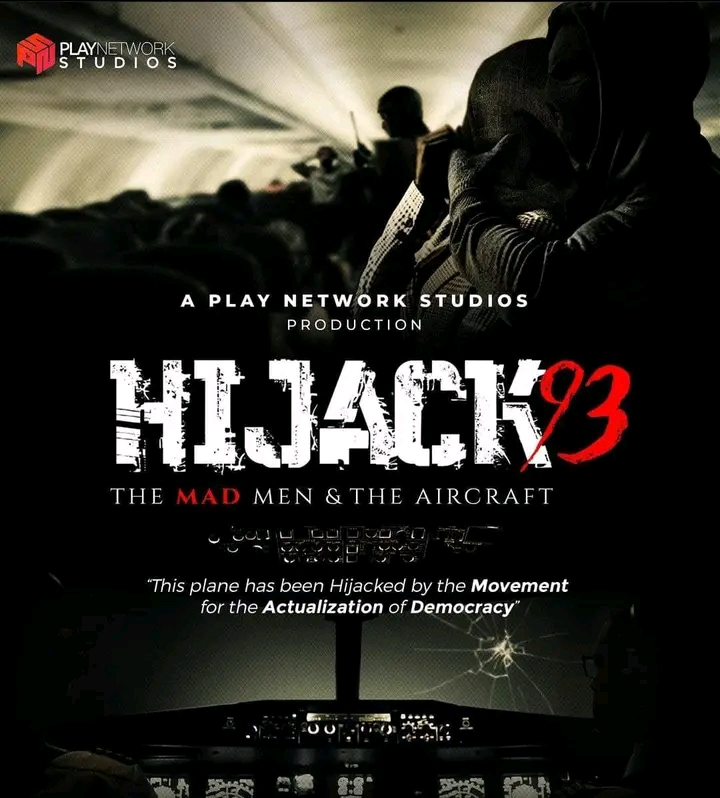
Movie Adaptation: Creative Freedom or Distortion?
Hijack ’93 brings this historic event to life, but not without a touch of creative license. While it maintains the central premise of teenagers hijacking a plane, certain details and aesthetics stray from the reality of 1993 Nigeria. For starters, the actors playing these young men appear far older than the real-life teenagers, somewhat diluting the shocking reality that it was young boys who pulled off this audacious stunt. Allison Emmanuel, playing the character Owiwi, is the only actor who somewhat resembles the teenage look of the actual hijackers.
Then there’s the issue of wardrobe. The costumes seem more suited to modern-day fashion than to the 90s Nigeria setting. The air hostesses sport contemporary wigs and attire, and there’s even a hint of Gen Z lingo slipping into the dialogue. Lines like “You gats calm down” feel out of place in a story set in 1993, making it difficult for the audience to stay anchored in the period being portrayed. Additionally, the hijackers in the movie are shown wielding real guns, while in reality, they only had plastic replicas.
Moreover, the events during the hijacking, as portrayed in the film, come off as overly dramatized, sometimes overshadowing the genuine desperation that led these boys to hijack a plane. Pa Yemi Ogunderu, father of one of the hijackers, once stated, “What the young men did at that time was a suicide mission. They were not armed with weapons; what they had on them were actually plastic shotguns.”
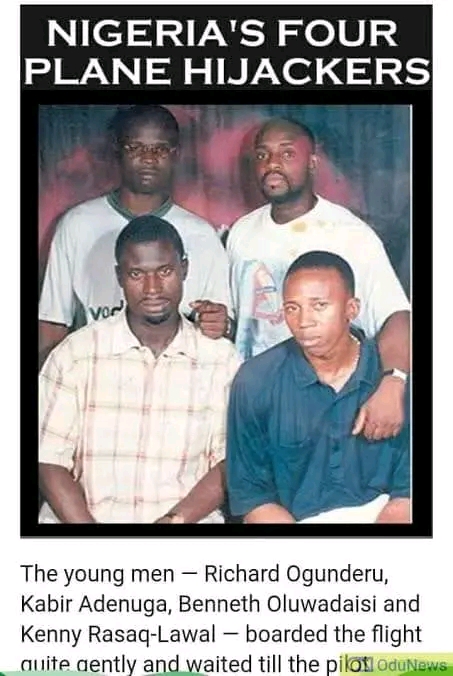
The Performances: Bringing the Story to Life
Despite the creative liberties taken, Hijack ’93 features a mix of performances that can be described as both weak and good. While Allison Emmanuel shines as Owiwi, bringing a certain realism and depth to his character, the pacing often leaves much to be desired. At times, the acting felt slow and lacking the tension necessary to engage the audience. Rather than building suspense, the story sometimes became tiring, losing the intensity that such a dramatic subject warrants. Nnamdi Agbo (as Skipper), Oluwaseyi Akinsola (as Iku), and Adam Garba (as Kayode) do their best to embody the conflicted personalities of the young hijackers, but their efforts are occasionally overshadowed by inconsistencies in the narrative. The ensemble cast, which includes well-known Nigerian actors like Sharon Ooja and Jemima Osunde, adds some layers to the story, but they, too, struggle against the uneven balance between historical accuracy and cinematic portrayal.
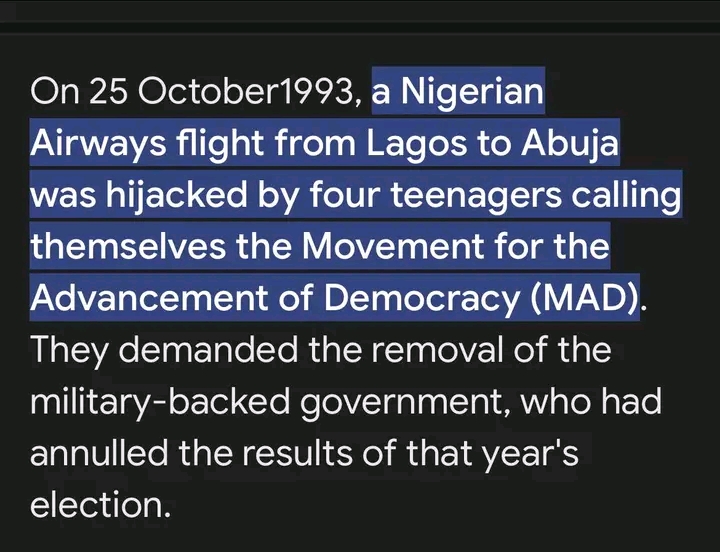
Criticisms: Missing the Mark on Historical Authenticity
One of the movie’s biggest flaws is its failure to fully commit to the historical period. The story of Hijack ’93 is rooted in a very specific socio-political context, and viewers might find it hard to ignore the modern slang, 2000s-inspired hairstyles, and trendy outfits that clash with the 1993 setting. Even the set design, from cabin crew uniforms to certain dialogue choices, feels off for a film about early 90s Nigeria.
The movie also misses an opportunity to end on a powerful note. Instead of fully depicting the hijackers’ post-prison lives, releasing them in 2002 as the real story goes—the film opts for an ambiguous conclusion that feels incomplete. After nine years and four months in a Nigerien prison, these young men returned to a Nigeria still grappling with the same issues of corruption and injustice. This ending could have been used to highlight the cyclical nature of political turmoil in Nigeria.
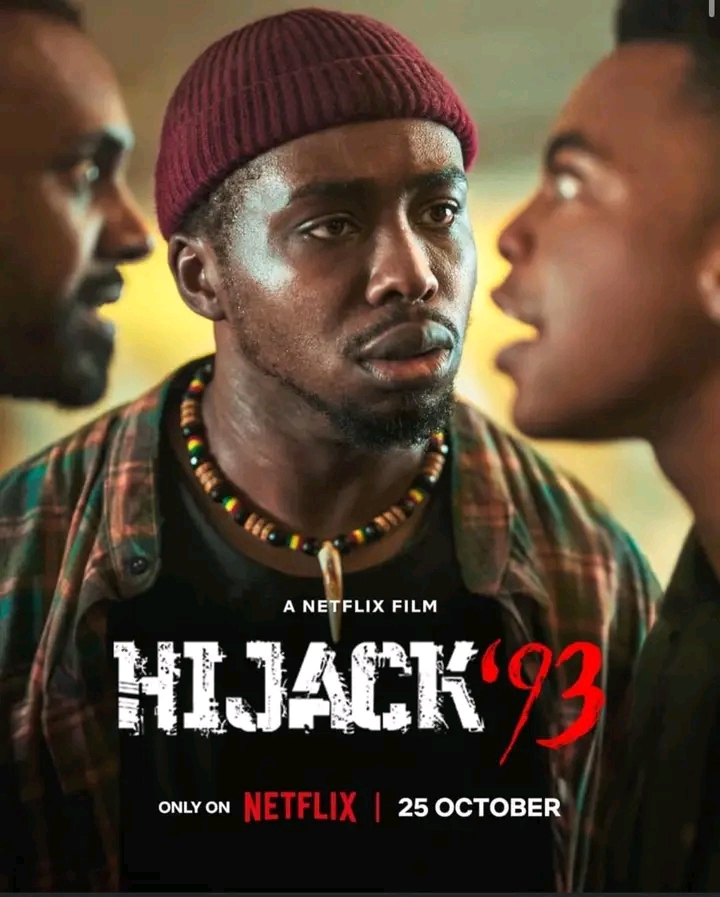
The Real Life Impact: Were These Boys Brave or Reckless?
Looking back, the actions of these young men were either incredibly brave or recklessly naive, depending on one’s perspective. Hijacking a plane at such a young age, with limited resources and no assurance of success, was a huge risk. Yet, they were driven by a hope that something as crazy as this would wake up the world to Nigeria’s struggles. Even if the world questioned their method, it cannot deny the passion behind it. As Pa Yemi Ogunderu put it, they were “not armed with weapons; what they had on them were actually plastic shotguns.” It was a symbolic gesture, more than a violent one.
Final Thoughts: A Good Attempt, But Missed Opportunities
Hijack ’93 earns a 6.5/10 for its storytelling and acting, but its historical accuracy falls short. Nigerians who remember the era might find themselves shaking their heads at the modern touches sprinkled throughout the film.

